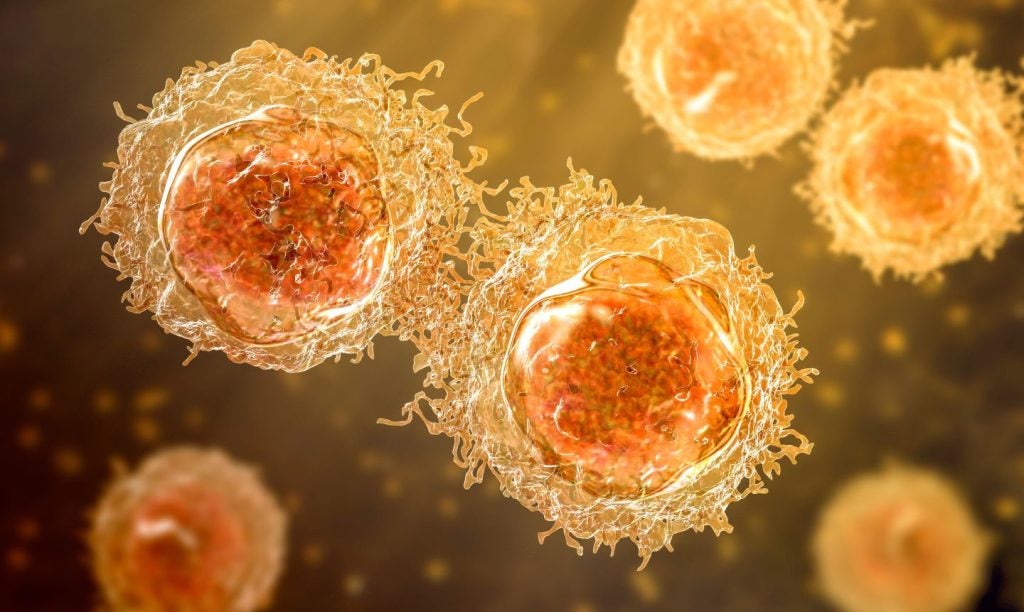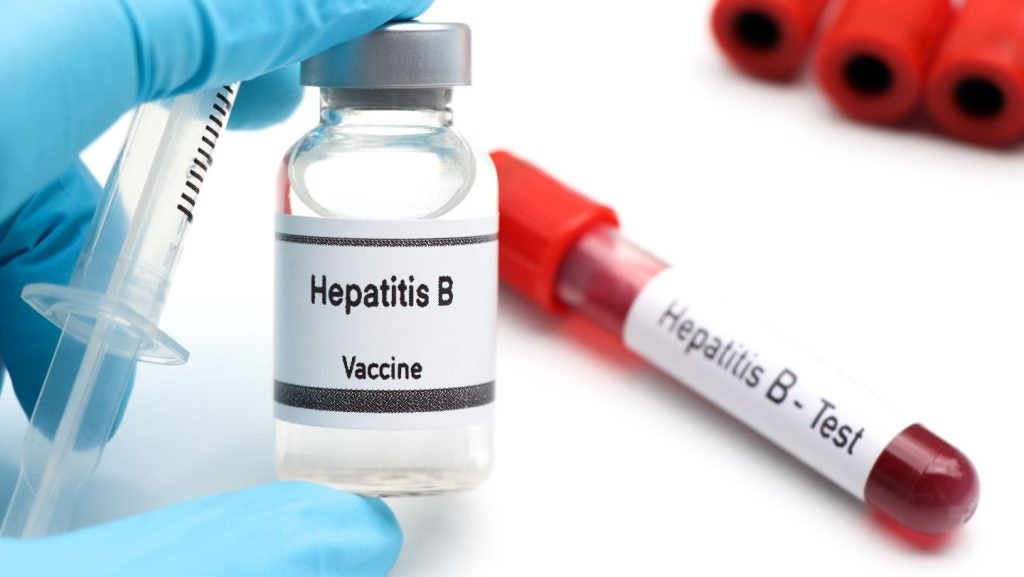
Until recently, Bayer’s Nexavar (sorafenib) was the only FDA-approved targeted therapy available for the treatment of hepatocellular carcinoma (HCC). The only other available treatments were chemotherapies, which do not provide an appreciable benefit to overall survival (OS).
Approved in November 2007, Nexavar is an orally available, multi-kinase inhibitor that targets both Raf and vascular endothelial growth factor receptors (VEGFR), intervening in the proliferative and angiogenesis signalling of tumors.
However, in April 2017, Bayer’s Stivarga (regorafenib) became the first US Food and Drug Administration (FDA) approved treatment for liver cancer in almost a decade, as the FDA expanded the drug’s approved uses from previously treated metastatic colorectal cancer (mCRC) and gastrointestinal stromal tumor (GIST). For these indications, the drug has already been approved in more than 80 countries worldwide, including the US, EU, China, and Japan.
Bayer is seeking additional approvals for HCC around the world and expects the expanded indications to be approved in the EU and Japan later in 2017. Prior to the FDA’s approval, Stivarga was granted both Priority Review and Orphan Drug designation. It now represents the only second-line treatment option for HCC patients who progress following treatment with Nexavar, a large unmet need within the liver cancer market landscape.
Like Nexavar, Stivarga is also a multi-kinase inhibitor produced by Bayer. It inhibits VEGFR 1-3, in addition to TIE-2, BRAF, BRAFV600, RAF-1, KIT, RET, fibroblast growth factor receptor (FGFR), and platelet-derived growth factor receptor (PDGFR). The approval was based on a trial of 573 HCC patients whose tumors progressed after receiving Nexavar. Results demonstrated that the median OS for patients receiving Stivarga was 10.6 months, compared to 7.8 months for placebo. Median progression-free survival for the Stivarga group was 3.1 months and overall response rate was 11%, compared to 1.5 months and 4%, respectively, for the placebo group.
See Also:
Prospects for Stivarga within the liver cancer market landscape are positive given its first-to-market advantage, existing approvals in other indications, high physician awareness, and comparable safety profile to Nexavar. However, Stivarga has a boxed label warning for hepatotoxicity and comes with a recommendation to monitor hepatic function. This is problematic, as most HCC patients suffer from poor liver function.
How well do you really know your competitors?
Access the most comprehensive Company Profiles on the market, powered by GlobalData. Save hours of research. Gain competitive edge.

Thank you!
Your download email will arrive shortly
Not ready to buy yet? Download a free sample
We are confident about the unique quality of our Company Profiles. However, we want you to make the most beneficial decision for your business, so we offer a free sample that you can download by submitting the below form
By GlobalDataWhile Stivarga’s similarity to Bayer’s other product Nexavar is a strength in terms of brand loyalty and presence. It may also be a weakness. Stivarga possesses a similar mechanism of action to Nexavar. Patients who progress on Nexavar may already have a certain level of resistance to anti-VEGFR treatment. In addition, a strong pipeline of therapies targeting second-line HCC will provide competition to Stivarga in the future, although it may also present opportunities for combination treatments to be tested.








Related Company Profiles
HCC Corp.
Bayer AG